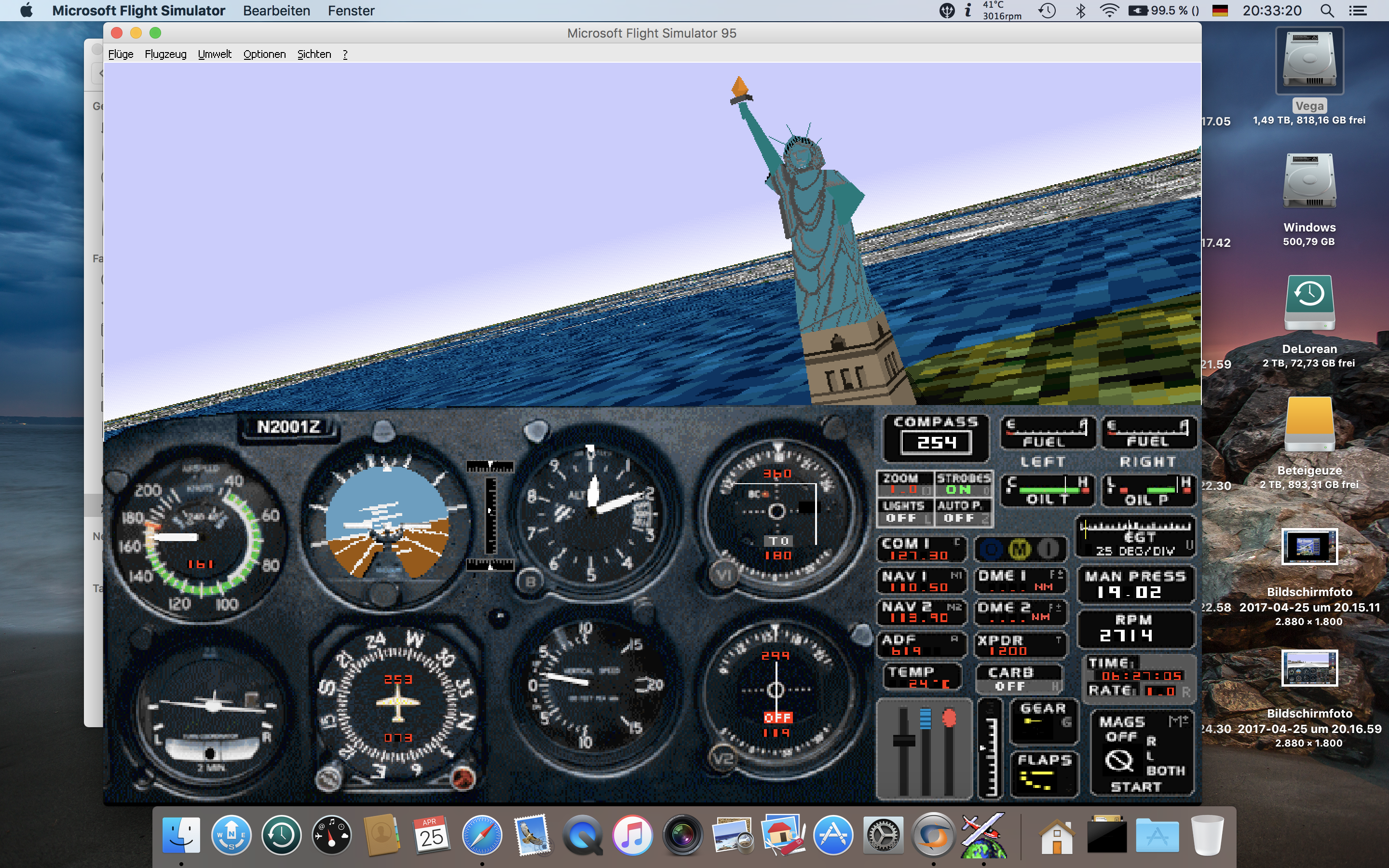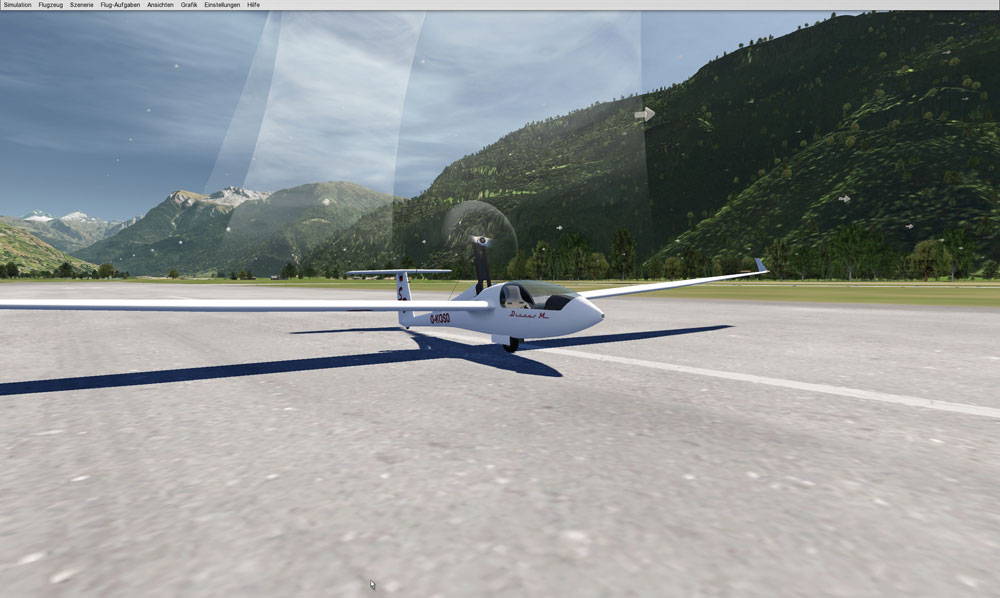

The program essentially recreates the interior of a Mercury space capsule, down to the last switch.
Flight simulator mac osx license#
We purchased the site license from some grant funds we used to develop curriculum for our space academy courses. If you have the slightest interest in the history of space flight, simulation, applied physics, or rocketry, you will love this program. On a 1 GHz TiBook it was extremely smooth in animation, although there was a small problem with the 3D rendering leaving an artifact above the rocket in flight when your point of view was below the plane of the rocket (from underneath, the screen shows a vertical bar above the rocket).Īside from that, the program runs great, the documentation is excellent (although I have some suggestions noted below), and the simulation is fun. Even though it was a bit under the recommended requirements on the website, it ran well. A faster processor helps, but it ran reasonably well on a 300 MHz Beige Power Mac G3 tower – well enough for me to use it as my primary machine for the simulation at school. I’ve run the program on both OSes, and it works identically. System requirements are fairly moderate – you need a G3 (333 MHz for OS 9, 600 MHz for OS X, OS X 10.7 and newer not supported) and you must have a video card that handles QuickTime RAVE (OS 9) or OpenGL (OS X).

Flight simulator mac osx full#
Paying the registration fee gets you a code to enable the missing features, which include networking a room full of Macs together as a mission control center. Nastasi realized that today’s computers are sufficiently advanced that they can replicate not only the interior of a Mercury capsule and simulate its flight in video-game quality detail, they can also simulate the entire Mission Control Center.Ī restricted-feature version is available for download. Last year I began fiddling around with a program called A-OK! The Wings of Mercury, a computer program written by Joe Nastasi that completely simulates a Mercury space mission from the 1960s.


 0 kommentar(er)
0 kommentar(er)
